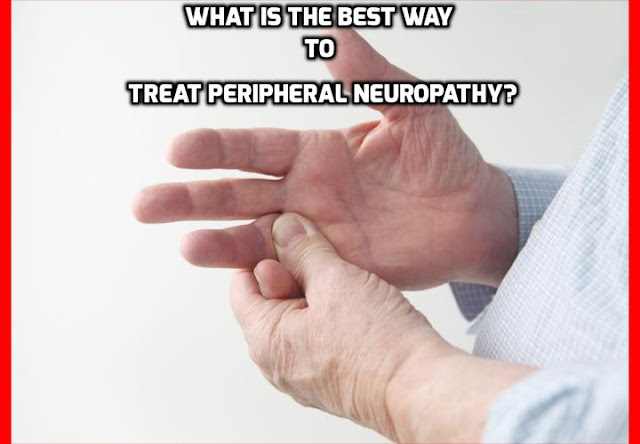 |
When most people experience critical health conditions,
one of the last things on their mind is their hormone levels. While they may
not seem important, hormones are responsible for a broad range of body
functions and can create serious problems with they are either too high or too
low. From thyroid issues to mental health conditions, the possible side effects
of a hormone imbalance are endless
Living in the modern world can wreak havoc on women’s
hormones. Stress,
lack of sleep, environmental toxins, poor diet, infections, inflammation,
as well as under and over exercising can lead to hormonal imbalances in women.
Hormonal imbalance in women happens when abnormalities occur in the
secretion of estrogen, progesterone and as well as androgens.
SYMPTOMS OF
HORMONAL IMBALANCE
Signs and symptoms of hormonal imbalance include:
·
Vaginal dryness
·
Hot flushes
·
Weight gain
·
Irritability and mood swings
·
Unusual hair growth/ Hair loss
·
Skin problem
Environmental and genetic factors have an influence on
women's fertility through their effect on hormonal function. Similarly,
dysfunction of the HPO (hypothalamic-pituitary-ovarian) axis and/or other
endocrine systems may cause infertility and other gynaecological disorders. The
correct clinical decision for treating these diseases can be made on
pathogenetic basis.
Disturbances related to the menstrual cycle lead to
various syndromes such as polycystic ovary syndrome (PCOS), amenorrhea and premenstrual syndrome (PMS). Of all the above, PCOS
is a common hormonal disorder seen among women that in the reproductive age.
The prevalence of hormonal imbalance rate in women is
high as the World Health Organization (WHO) estimates that PCOS
affected 116 million women worldwide as of 2010 i.e. nearly 3.4% of the
global female population.
PCOS
is largely characterized by a hormonal imbalance due to an excess of androgens,
or male hormones. PCOS
is a condition in which appearance of the ovaries in most, but not all women,
is enlarged and features many tiny cysts located along the outer edge of each
ovary. PCOS
symptoms are observed in nearly 5% to 10% of women who are in their
reproductive age (typically between 12 to 45 years).
PCOS can impair a woman’s ovulation, menstrual
regularity, fertility and cause weight gain, excess facial or body hair,
insulin resistance and many other symptoms that affect the body physically and
emotionally.
PCOS is perceived to be among the leading causes of
female sub-fertility and a risk factor for chronic health issues such as diabetes,
heart disease, high blood pressure and endometriosis. It is also among the most
frequently reported endocrine problems in women in the reproductive age.
Despite its prevalence and risks, many women with the
condition can be undiagnosed, misdiagnosed or diagnosed later than when they
began to show symptoms.
Watch these 3 Videos Below:
How to Restore Female
Hormonal Imbalance?
Although there is no cure for PCOS currently, early
diagnosis and treatment can help control the symptoms and prevent long-term
problems.
However, you can use natural home remedies and herbs to
alleviate symptoms and even help to restore female hormonal imbalance. It’s
also important to consult your doctor for proper diagnosis and treatment.
Diet and cultivating some healthy lifestyle habits are
also important in helping to restore female hormonal imbalance.
The following are some ways you can do to restore female hormonal
imbalance:
·
Make sure that your daily diet comprises of
foods rich in Omega-3 fatty acids. These foods not just help in hormone
balance, but they also lessen the severity of symptoms to a substantial extent.
·
Red grapes, citrus fruits and berries contain
lot of flavonoids, which contribute to hormone balance.
·
Equally relevant is the aspect that your body
gets a good supply of minerals and vitamins, through the daily diet. Even fiber
foods will be helping your cause.
·
To balance hormones naturally, regular intake of
egg yolks is another good method, as well. This is mainly due to the A and D
vitamins that are found in these foods.
·
You need to treat processed foods as banned
items, if you intend to solve the problem of how to balance hormones.
·
Reduce the consumption of food items having
Omega-6 fatty acids.
·
Ensure that you drink plenty of water in a day.
·
Have your meals every 3 hours or so and, do not
avoid breakfast.
·
Regularly drink the tea prepared from leaf of
red raspberry and, you will get a nice response to how to balance hormones
naturally.
·
External application of magnesium oil is a
reliable way to address hormone imbalance in women.
·
You should consume alcoholic and caffeinated
beverages, only in moderation.
·
Quitting tobacco smoking is crucial.
·
The significance of regular physical exercise,
in this respect, can never be overstated. Have minimum 30 minutes of
low-intensity aerobic exercise every day.
·
Take all measures to beat stress and anxiety.
For this purpose, yoga, meditation, etc, are excellent options.
·
It is indispensable that you have sound sleep of
8 hours, every night.
By Angela Bryne, author of Power of Hormones (Your
Guide to Optimal Hormone Health) which is a step by step system that
effortlessly helps you to take control of your own hormone health and start
your journey to wellness. It has step-by-step instructions that guide the
reader through diagnosis and treatment of a variety of hormone imbalance conditions,
such as Adrenal Fatigue, Estrogen Dominance & Thyroid Disorders.
To find out more about this book, click on How to Restore Female Hormonal Imbalance



